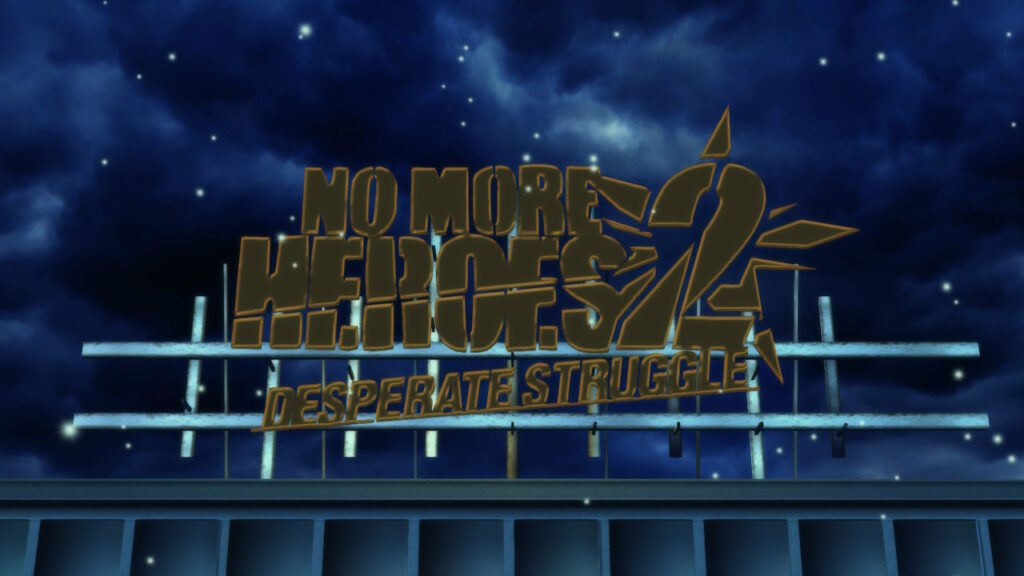
The original No More Heroes was never intended to have a sequel. When it was a surprise hit on the Nintendo Wii, Suda Goichi and his team were urged to create a sequel due to the incredible demand. Suda Goichi passed directorial duty to Nobutaka Ichiki, who would take on the thankless task of making a continuation to a story that was never intended to have one.
What made No More Heroes such an endearing and memorable game was its unbelievable creativity and satisfying violence. Like many games, it was also a victim of developmental woes that compromised some aspects of its design, but Suda Goichi’s directorial abilities finessed the shortcomings into strengths.
No More Heroes 2: Desperate Struggle is seemingly more affected by compromise. While it does make some legitimate improvements over the original, it also took many steps backwards. For the longest time, Desperate Struggle was exclusive to the Wii, but now the struggle has come to the Nintendo Switch.
No More Heroes 2: Desperate Struggle
Developer: Grasshopper Manufacturer (Engine Software for Nintendo Switch)
Publisher: Marvelous
Platforms: Nintendo Wii, Nintendo Switch (reviewed)
Release Date: October 28, 2020
Players: 1
Price: $19.99
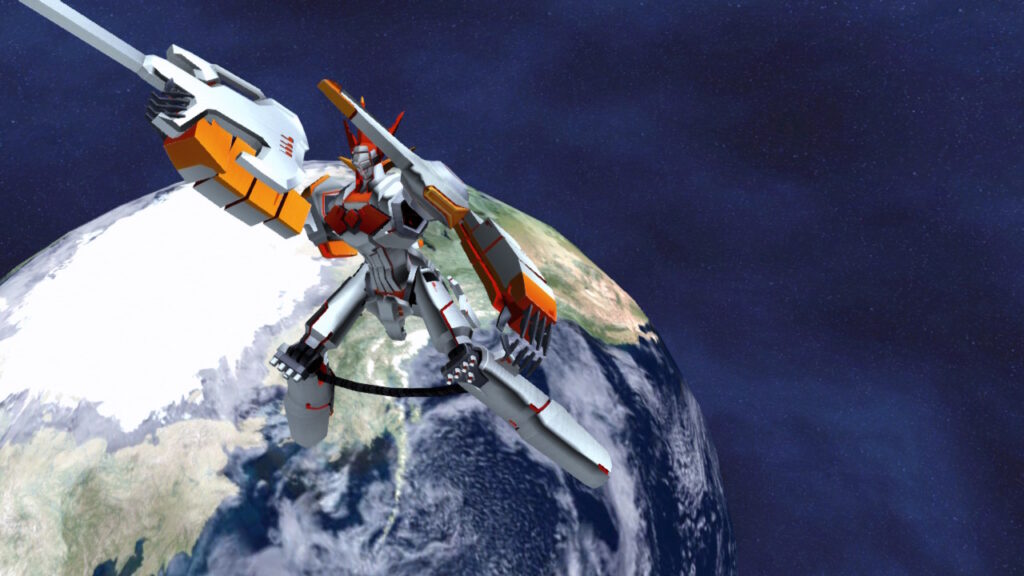
The first impression of Desperate Struggle is the leap in character modeling detail and animation. The first game looked good, but the sequel looks even better. Faces are much more articulate and have a wider range of expression. There is a bounce to hair and clothing realistically flutters in real time.
This came at a great expense back on the Wii where Desperate Struggle ran 30 frames per second. The boys at Engine Software, no longer limited by the old hardware, boost the fluidity to 60 frames per second. The effect look marvelous, and finer details in animation stand out more than ever.
This is compounded with the resolution boost which is now 1080p docked. All edges are sharp as a razor, which is perfect for the gritty and punk anime style. The harsh and contrasting real-time shadow effects at play add a lot of depth and volume to each scene.
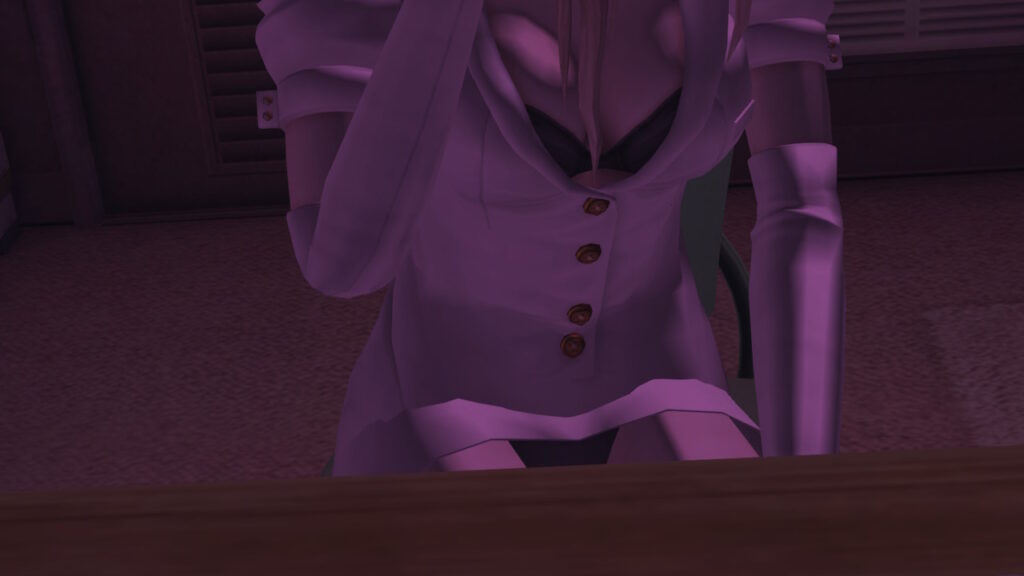
Regretfully, Desperate Struggle did feature several sequences that used pre-rendered videos for scenes that were not possible on Wii specs. They were fine in 2010 since the original game’s resolution was largely consistent with the FMVs, but the Switch port has a distracting contrast between the real-time cutscenes and the pre-renders.
Scenes that feature dozens of characters or huge scale action only exist as pre-rendered videos. The difference is very noticeable, even while in portable mode in 720p. Sadly, this is a concession that had to be made. It is probably impossible or too costly to get the original assets to re-animate the scenes to match resolution across the rest of the game.
After the allure of the glossy visuals and art direction wears off, Desperate Struggle‘s gameplay takes hold and immediately something feels off. The pacing and lack of creativity in the scenarios is all wrong, and fails to capture the magic of what made the first game so wonderful.
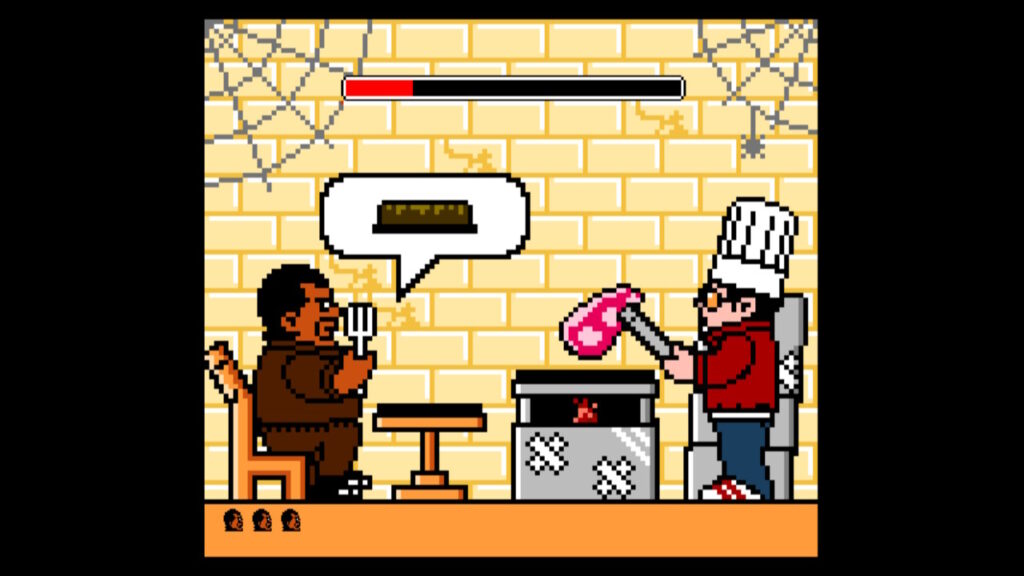
No More Heroes was never meant to have a sequel, and it shows in Desperate Struggle. The continuity between games is played very fast and loose, while glossing over logic to make the plot work. The optional assassination missions from the original game had Travis kill several Pizza Batt CEOs and now Jasper Batt Jr. seeks payback by killing his best friend, Bishop.
Somehow Travis is no longer number one, and now there are tons of assassins part of the UAA. Batt happens to be the top assassin now, which works out for Travis since now he has to arbitrarily fight a bunch of bosses to get to him. It comes off very forced and artificial, with everything being too convenient.
Travis will have to once again fight his way to the top, and learn how revenge is a tedious cycle. It is almost like the general premise of The Last of Us Part II, but with a better soundtrack and a sense of humor.
The combat is dumbed down from already simple swordplay. It is made more brain dead since Travis’s charge attack overwhelms all enemy defenses, and most bosses are trivialized as a result. If the player can maintain a high enough combo, then they can further circumvent combat and initiate the turbo mode, which allows Travis to overwhelm a target with endless button mashing.
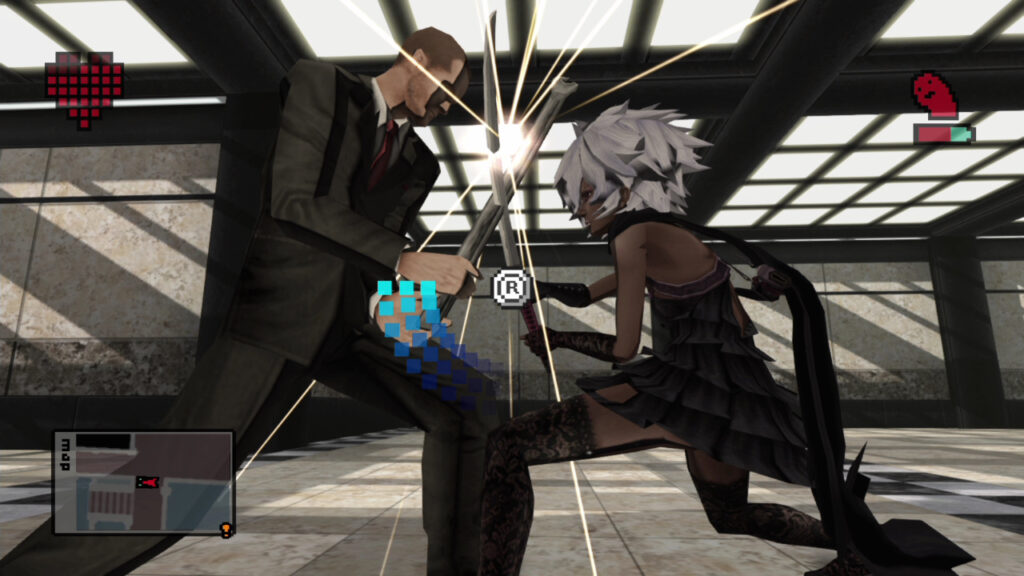
Each stage in Desperate Struggle is usually a small linear environment with a few goons to fight. This is a stark contrast to each ranked battle in the original, which was built up to with different gimmicks to make each one feel unique.
The stage that leads to Volodarskii in No More Heroes has Travis fighting in a bus with a unique camera angle that was never used in the game in any other instance. When taking on Dark Star, Travis has to ride his motorbike into a forest and navigate the lost woods. The high school level has Travis’s sword short out and he has to shut off the sprinkler system.
Desperate Struggle does not have anything like this. The best it has are a few ranked battles where you can play as Shinobu ,who is nowhere near as polished as Travis, and a single boss battle with Sir Henry. These sequences are very fleeting, and still demand the same core gameplay of fighting.
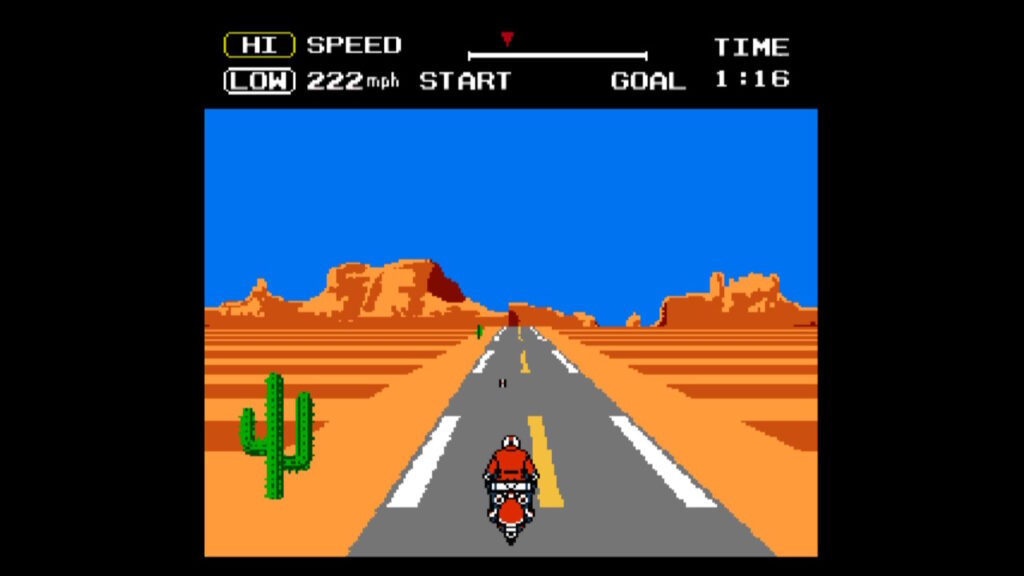
The lack of stage gimmicks ultimately makes Desperate Struggle feel unfinished and rushed. Levels feel more barren than Santa Destroy in the first game, and they go by so quick there is little time to process any of it.
The stage for Kimmy Howell is a recycled setting from Charlie McDonald, but with only three enemies. This lack of effort is one example that runs through every stage, where many corners are cut and the overall experience just feels cheap and hollow.
The boring stages and dull gameplay might have been saved if the boss battles could make up for them. Regretfully, most of the boss battles suffer from poor design, lack of imagination, and sloppy writing. There are a few exceptions but overall, Travis’ rogue gallery is missing the creative spark that defined the 10 assassins in No More Heroes.
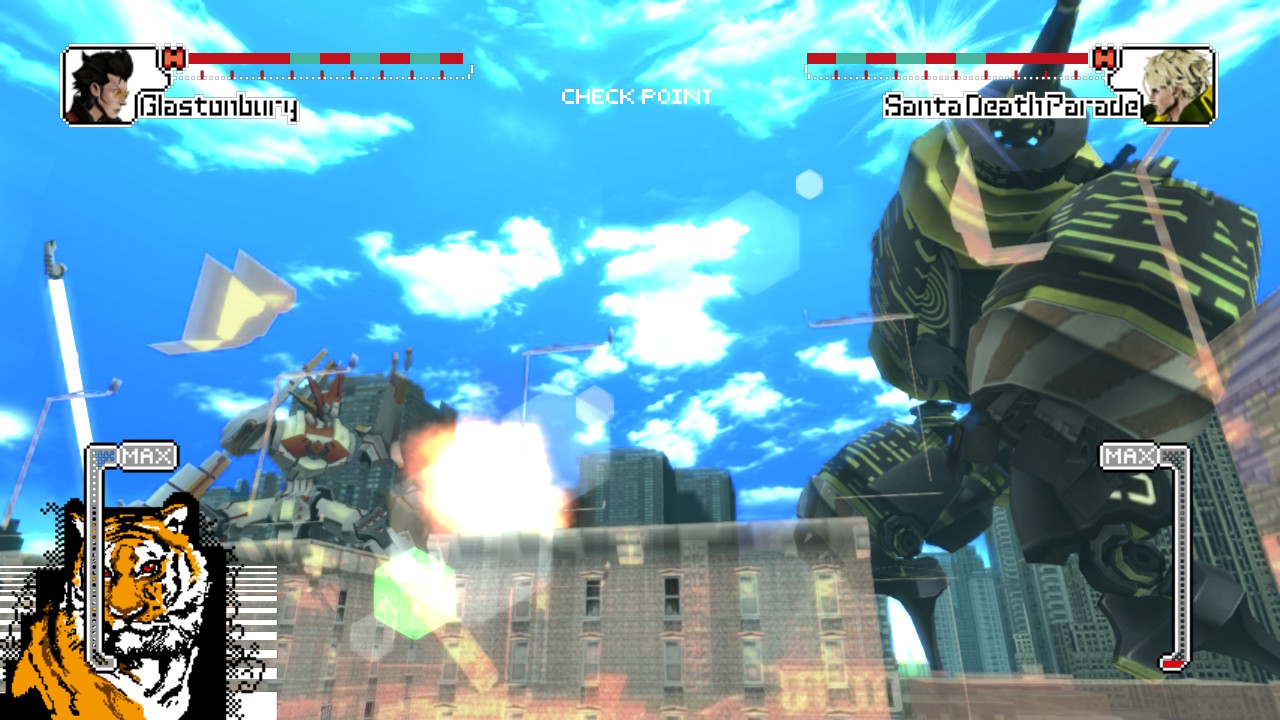
The style of No More Heroes was always steeped in symbolism and metaphors. This story telling element was something that carried over beautifully into Travis Strikes Again, where Travis’ post battle monologues were profoundly introspective. Desperate Struggle does not have the same weight, and any message it is trying to convey is horribly muddled.
Some assassins are barely introduced before fighting them. In Travis Strikes Again and No More Heroes, each boss meant something. Sometimes they represented something greater than Travis, or would teach him something about himself. The battles themselves were metaphorical exchanges of ideas, not just blows of bodily harm.
Desperate Struggle‘s ranked assassins seemingly represent different aspects of entertainment media. Why this is and what the designer is trying to convey with this is unclear, and never clicks. Matt Helms is a character who never has his name spoken, and is supposed to embody slasher film tropes. He is a nothing character that only exists to give Travis a fight and nothing more.
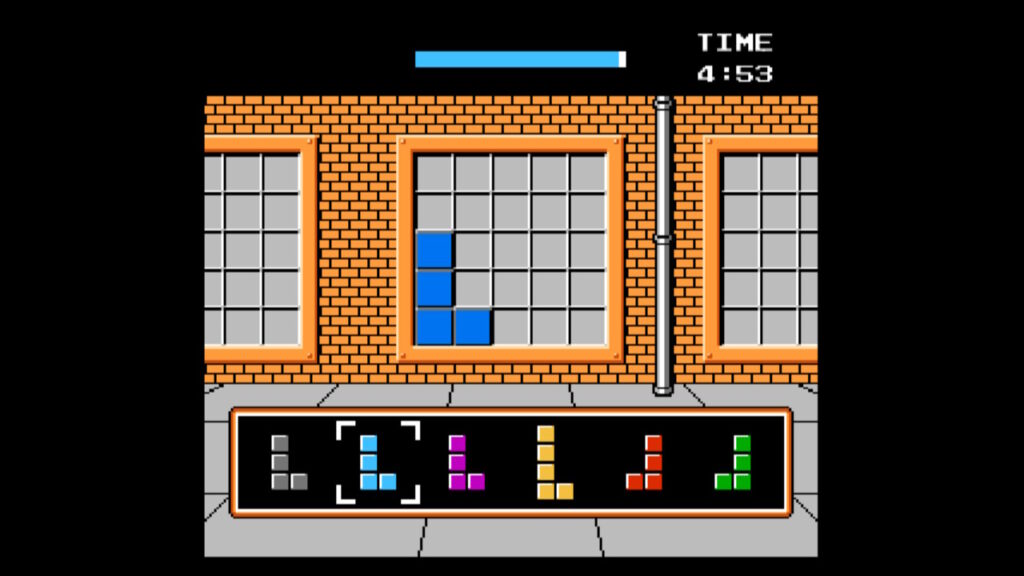
Desperate Struggle tries to overcompensate the lack of creativity with shallow spectacle. Ironically, this backfires and only makes the scenarios less memorable. The final boss is a perfect example of this; with three obnoxious phases and is tonally inconsistent with the stakes at hand. His design is absurd, and clashes with the style of No More Heroes.
Not all the ranked assassins are misfires. Nathan Copeland, Margaret Moonlight, and Alice Twilight are the few that stand out and feel closest to the style and tone of the original game. The battles and how they play out with their patterns and attacks are varied. Alice especially comes close, since her post battle scene carries the most weight out of all the encounters in the game.
Desperate Struggle‘s best quality is its incredible soundtrack. Grasshopper Manufacturer employed many different creative musicians to contribute a huge range of styles and flavor to the experience. The music is so good, that it can trick your brain into thinking the gameplay is fun.
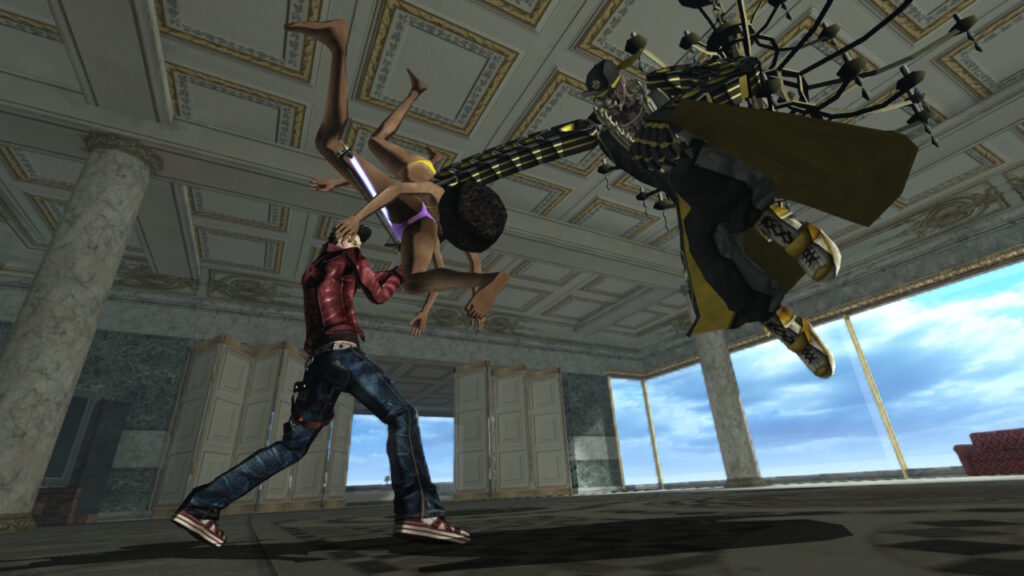
There are multiple tracks that have lyrics, with some being performed by singers and others by vocaloid synthesizers. There is not a single wasted piece of music in the soundtrack, and everybody is on their A-game. Philistine is especially a highly memorable boss track that elevates the battle, and does double duty of having lyrics that explain who Margaret is.
There is much less reliance on the classic No More Heroes theme song. The selection is much more diverse, with many styles and artists working together, keeping the entire score cohesive. The utter density of musical variety is the only area where Desperate Struggle outshines its predecessor.
One feature from No More Heroes that has always been criticized was the Santa Destroy hub. While it did have its issues, it also served an important role in immersing the player into the mindset of Travis Touchdown. It was a story telling element that also tied all the locations together.
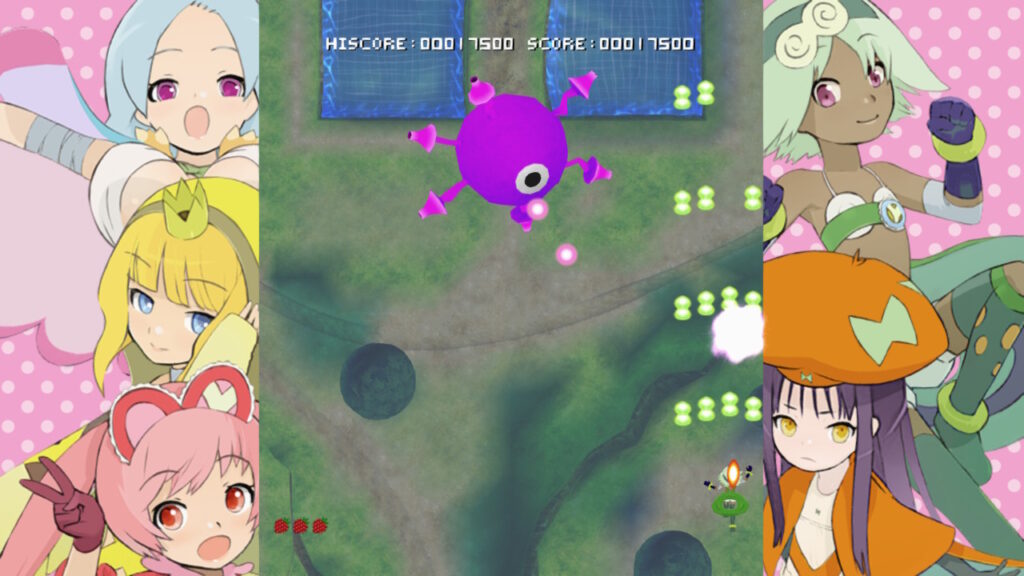
Instead of improving upon the Santa Destroy map, Desperate Struggle cuts it out entirely. Travis is no longer able to walk around and absorb the atmosphere, explore or take some needed downtime between intense and lengthy battles. Instead he picks locations off a sterile menu and is immediately whisked away into a load screen.
Losing the hub was a mistake. What is unusual is that the model for the map exists, since it is visible during transitions when selecting areas on the list. It is possible that the implementation was somehow made worse than in No More Heroes, but instead of having a terrible but potentially interesting map; there is only a void.
The eight, NES-style jobs is how Travis earns his failure allowance to keep retrying the absurdly difficult physical training mini-games. Ryan’s gym becomes necessary, as the story progresses since bosses become spongier and hit harder.
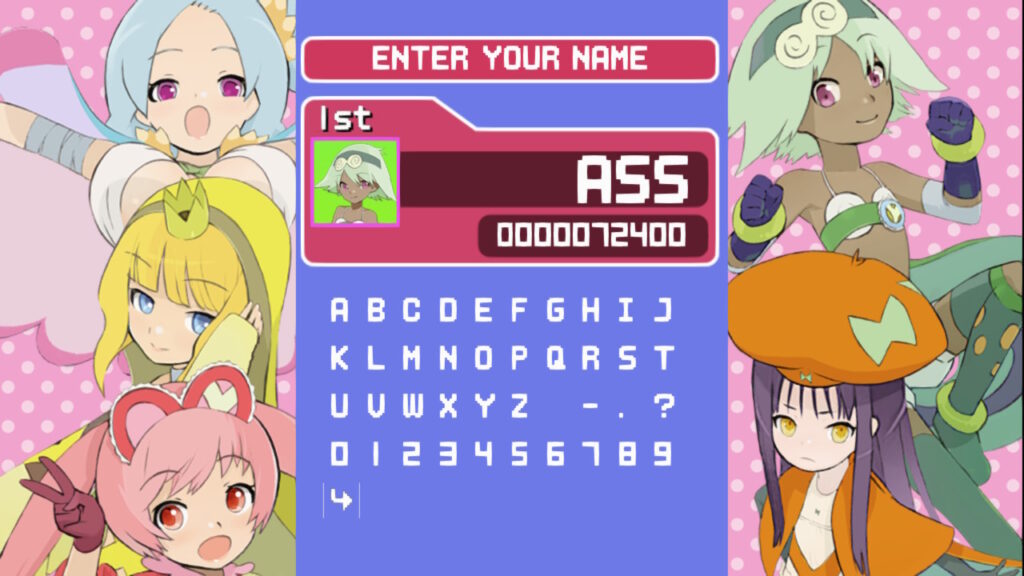
Sometimes there is an unreasonably small window to react to punching or kicking dumbbells that are thrown, and the par to pass can be exceedingly high. The cost to retry in the later parts of the game will break the bank, and the better option is to reload the game and try again and guess if a weight will aim high or low.
The only other substantial use of cash is to buy weapons… All two of them. Dr. Naomi is an after thought in Desperate Struggle, and how pointless she has become is due to the hub being removed. She no longer has any upgrades to sell to Travis, since there is no exploration anymore and Rose Nasty is given to you by Takeshi Miike as a part of the story.
The priorities for Desperate Struggle lie in superficiality. This is emphasized by Travis having more clothing options to waste his money on than ever before. He can’t even rent wrestling videos anymore, and just gets a magazine for free which teaches his new techniques. So much of the details that made No More Heroes have been scraped out, leaving an empty husk.
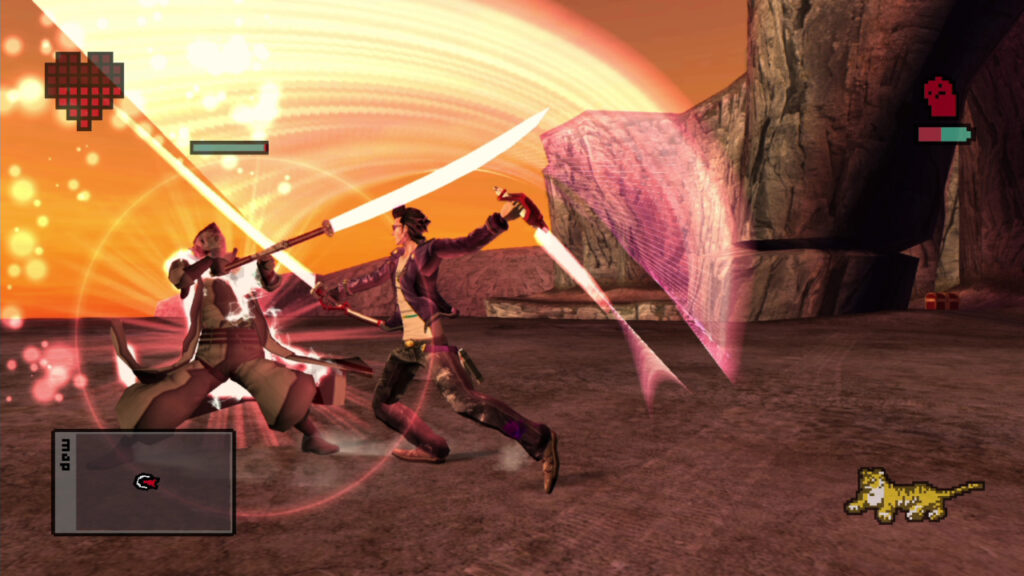
Desperate Struggle does look and run better than it ever has on Switch. It has been stuck on the Wii for a long time, and it is worth preserving as a piece of the No More Heroes pie that has been cooking since Travis Strikes Again released, which has been building up to No More Heroes III. Just because a game is a cult hit, does not mean it should have a sequel.
Fans of No More Heroes will be disappointed by this elusive sequel. It was a game made out of obligation because people wanted more No More Heroes, and lacked the inspiration that fueled the first game. No More Heroes 2: Desperate Struggle often feels like a bargain bin action game, and the only parts that save it from being utterly repugnant is its soundtrack and amusing mini-games.
No More Heroes 2: Desperate Struggle was reviewed on Nintendo Switch using a code purchased by Niche Gamer. You can find additional information about Niche Gamer’s review/ethics policy here.